Begonias are among the most beloved ornamental plants worldwide. Whether you’re growing them indoors in pots or outdoors in flower beds, their vibrant blooms and elegant foliage make them an ideal choice for both novice and experienced gardeners. But one of the most common questions that arise when caring for begonias is: How often should you water a begonia?
The answer isn’t as straightforward as watering every other day or once a week—it depends on several factors including the begonia variety, location, potting medium, climate, and season. In this article, we’ll explore all the aspects that affect begonia watering frequency, plus tips to ensure your begonias thrive all year round.
Understanding Begonia Varieties and Their Water Needs
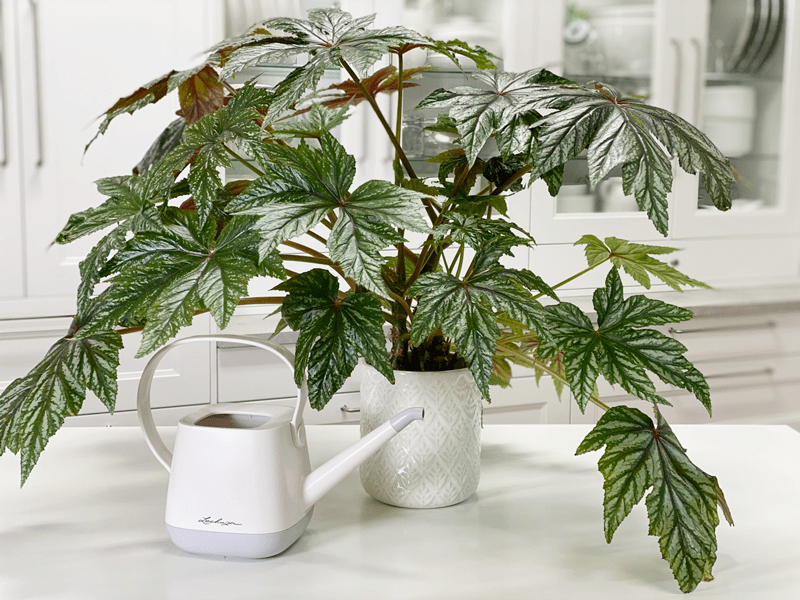
There are over 2,000 species of begonias, but most cultivated varieties fall under three major types:
- Fibrous-rooted Begonias – These have shallow roots and require consistent moisture.
- Tuberous Begonias – Known for their showy blooms, they need slightly less water during dormancy.
- Rhizomatous Begonias – These have thick stems (rhizomes) that store water, so they can tolerate slight drying out between watering.
Understanding your begonia type helps determine a baseline for how much water it prefers. For example, fibrous and tuberous types tend to need more frequent watering during active growth, while rhizomatous types can go longer between waterings.
The Ideal Watering Frequency for Begonias
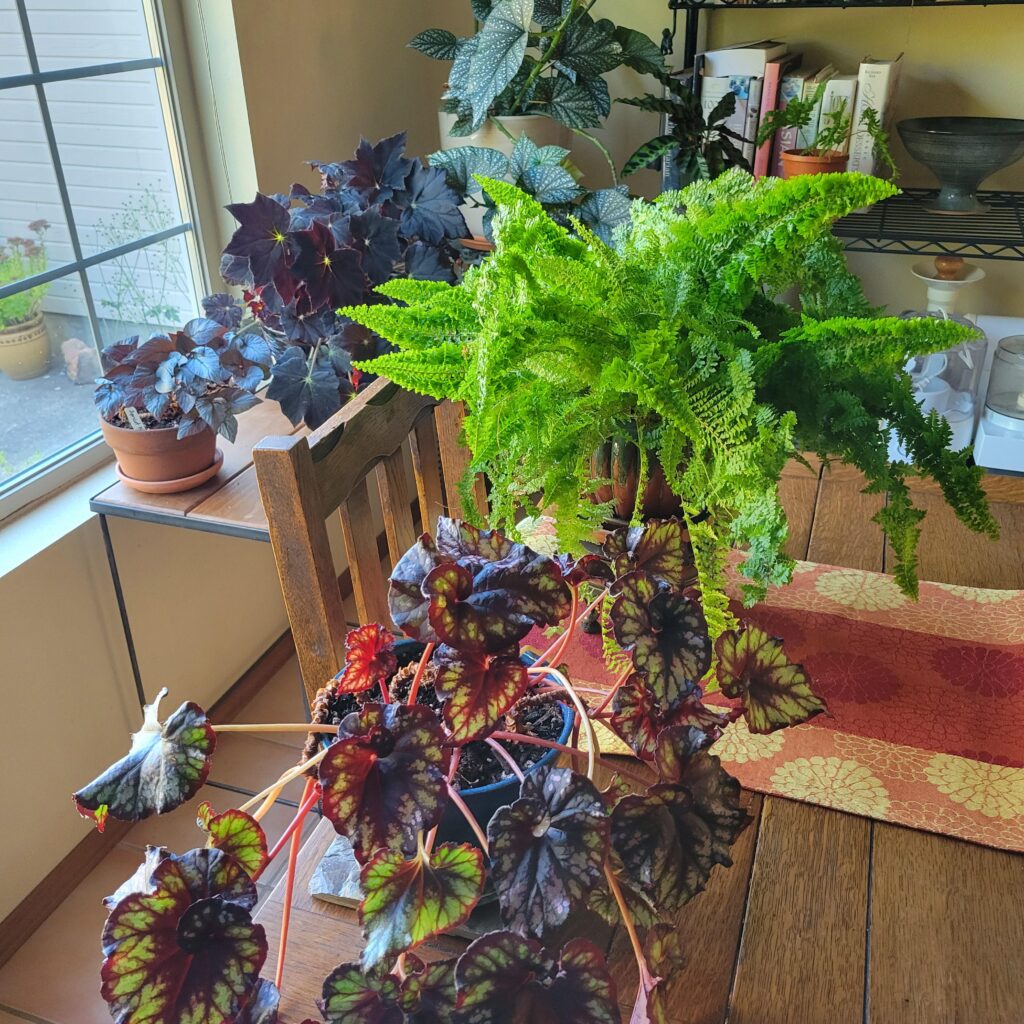
Indoor Begonias
- Watering Frequency: Every 4–7 days, depending on light and humidity.
- Tips: Use a moisture meter or your finger to test the top 1–2 inches of soil. If it feels dry, it’s time to water.
- Humidity Factor: Indoor air tends to be drier. Using a pebble tray or humidifier can help reduce watering frequency and prevent leaf browning.
Outdoor Begonias
- Watering Frequency: Every 2–4 days in hot weather, less in cool months.
- Tips: Outdoor begonias planted in beds often dry out faster due to wind and sunlight. Always water early in the morning or late in the afternoon to reduce evaporation.
Seasonal Adjustments
Begonias have different watering needs depending on the time of year:
Spring & Summer (Active Growth Season)
This is the peak growth and flowering period for begonias.
- Watering Tip: Keep the soil consistently moist but not soggy.
- Frequency: Water every 2–4 days outdoors, 4–7 days indoors.
- Watch Out For: Wilted leaves during midday heat—water in the morning to prevent stress.
Fall (Transition Period)
Begonias start slowing down, especially the tuberous type which prepares for dormancy.
- Watering Tip: Start reducing watering gradually.
- Frequency: Water every 5–10 days, depending on dryness.
Winter (Dormant Season for Tuberous Types)
Most begonias slow or stop growing, especially if temperatures drop.
- Watering Tip: For tuberous begonias, cease watering after the leaves die back and store the tubers.
- Frequency: For indoor non-dormant varieties, water every 10–14 days.
- Avoid: Watering cold soil—this encourages rot.
Soil and Potting Considerations
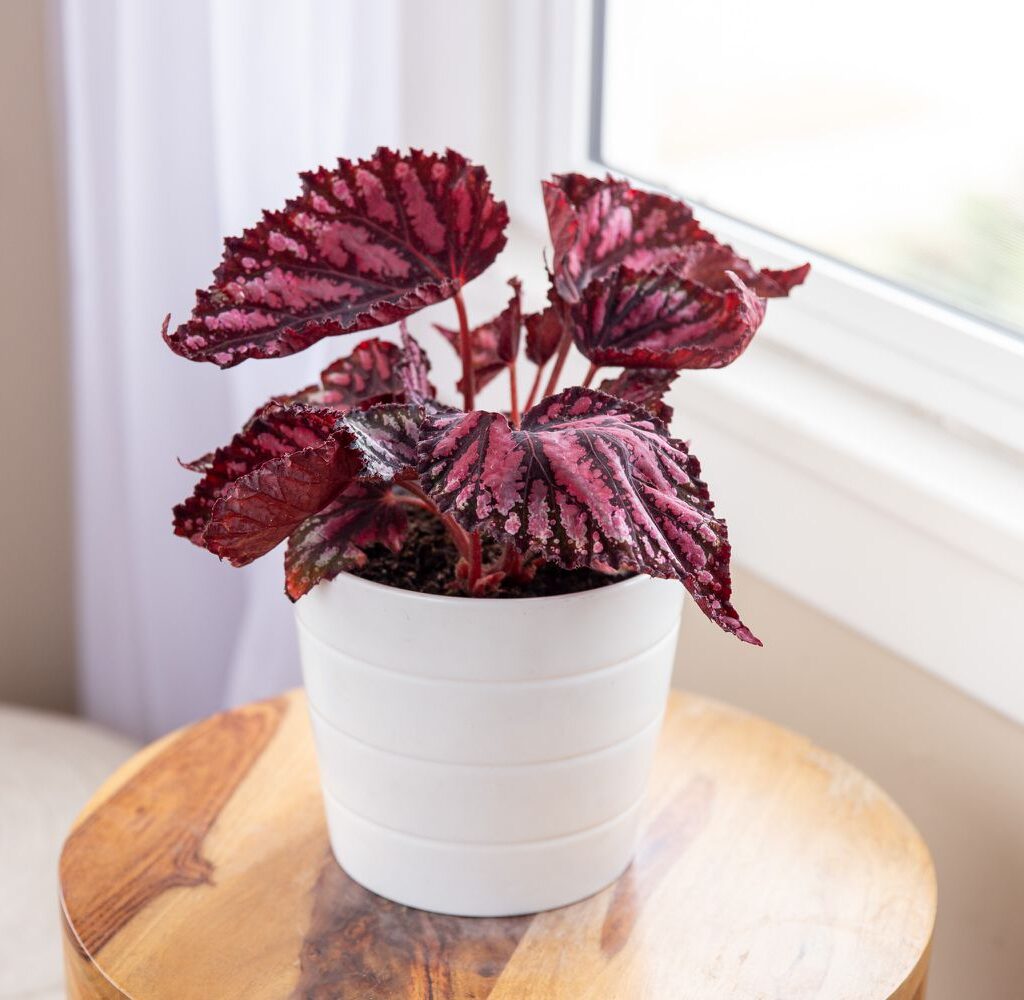
The type of soil and container you use can significantly influence how often your begonia needs water.
Well-Draining Soil Is Key
Begonias dislike soggy roots. Use a mix with:
- Peat moss or coco coir (for moisture retention)
- Perlite or sand (for drainage)
- Compost (for nutrients)
Pot Material Matters
- Clay Pots: Porous, allow soil to dry quicker. Ideal if you tend to overwater.
- Plastic Pots: Retain more moisture. Better for dry climates but risky if you overwater.
Drainage Holes Are Non-Negotiable
Always use pots with drainage holes to prevent root rot. Excess water must be able to escape.
Signs of Overwatering and Underwatering
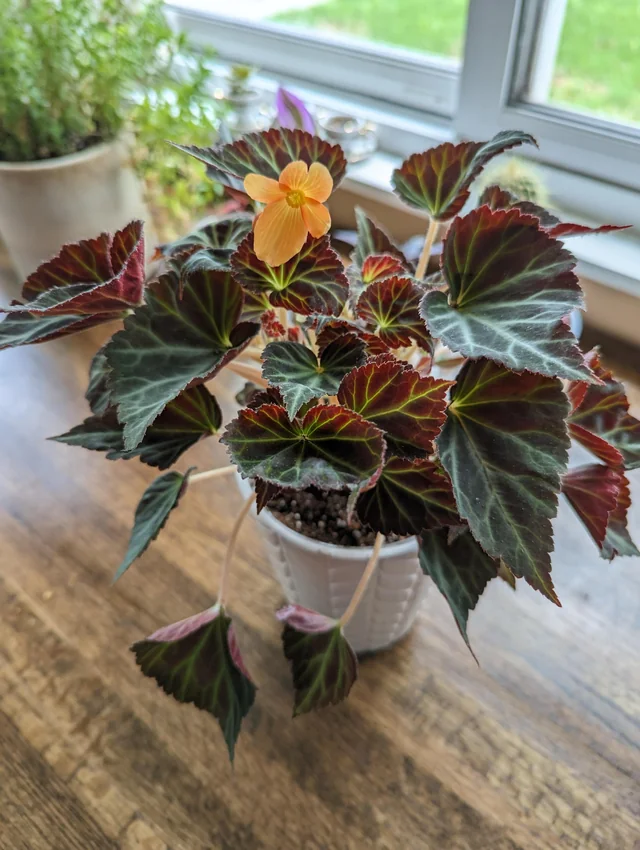
Overwatering Symptoms:
- Yellowing leaves
- Soft, mushy stems
- Mold or fungus gnats on soil
- Wilting despite moist soil
What to do: Let the soil dry out and consider repotting if root rot is suspected.
Underwatering Symptoms:
- Crispy, dry leaves
- Stunted growth
- Wilting and drooping
What to do: Increase watering frequency and check if your potting mix is draining too fast.
Microclimates and Environment
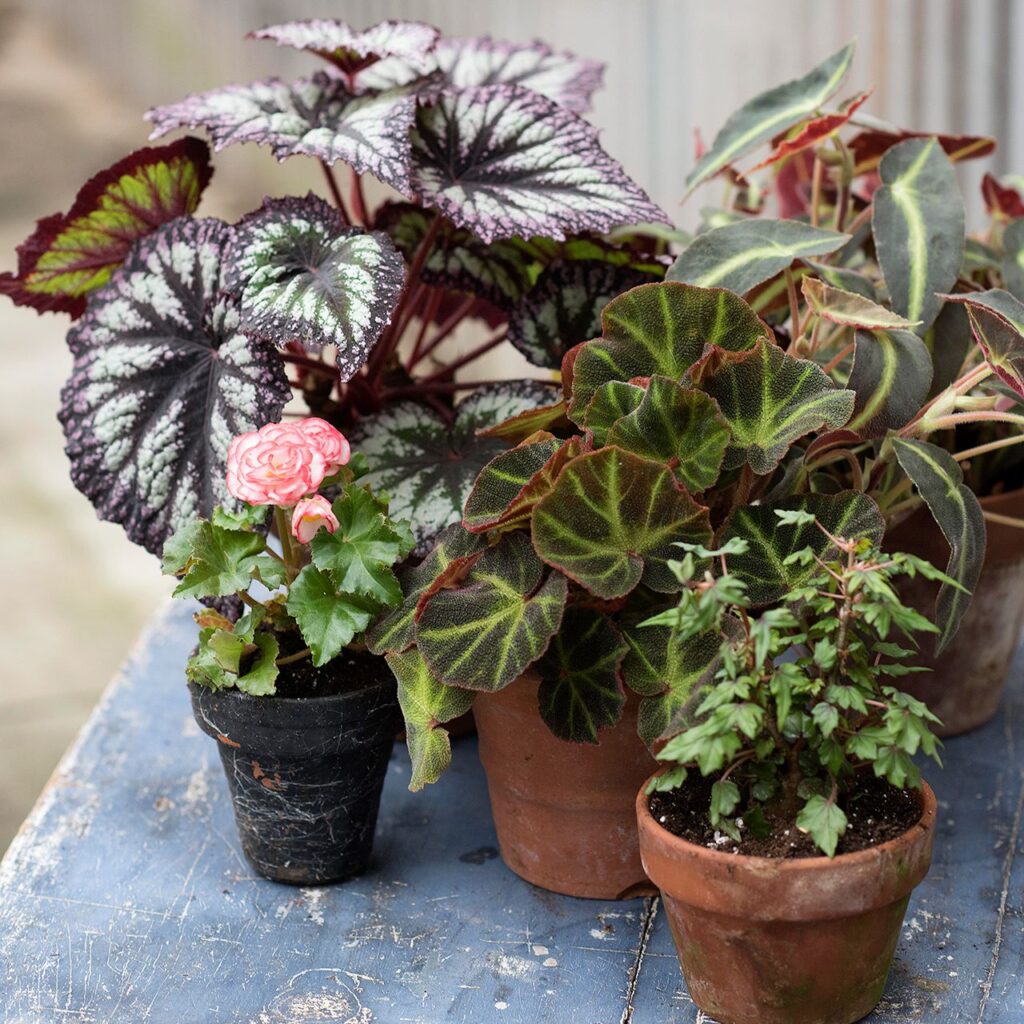
Every home or garden has its own “microclimate” which affects watering needs.
- Dry, hot climates = more frequent watering.
- Humid, shaded areas = less frequent watering.
- Windy balconies or patios = quicker soil drying.
Observe how fast the soil dries out in your specific setting and adjust accordingly. Don’t rely on a fixed schedule—respond to the plant’s needs.
Bonus Tips for Watering Begonias Effectively
- Use room-temperature water: Cold water can shock the roots.
- Water at the base: Avoid wetting leaves to prevent fungal issues.
- Morning is best: Reduces chances of overnight fungal infections.
- Avoid waterlogging: If unsure, it’s better to slightly underwater than to overwater.
- Mulch outdoor soil: Helps retain moisture in garden beds.
Final Thoughts: Listen to Your Begonia
There’s no one-size-fits-all schedule for watering begonias. The key lies in observing the plant and the soil. Stick your finger into the soil, watch how fast it dries, and monitor the plant’s leaves. Healthy begonias will show vibrant growth and perky foliage. Whether indoors or out, these charming plants reward attentive care with months of color and beauty.
In Summary:
| Factor | Watering Frequency |
|---|---|
| Indoor, Spring/Summer | Every 4–7 days |
| Outdoor, Spring/Summer | Every 2–4 days |
| Indoor, Winter | Every 10–14 days |
| Outdoor, Fall | Every 5–10 days |
| Tuberous Dormancy | No water after die-back |
By staying tuned into your plant’s environment and signals, you’ll be well on your way to growing lush, happy begonias with confidence.
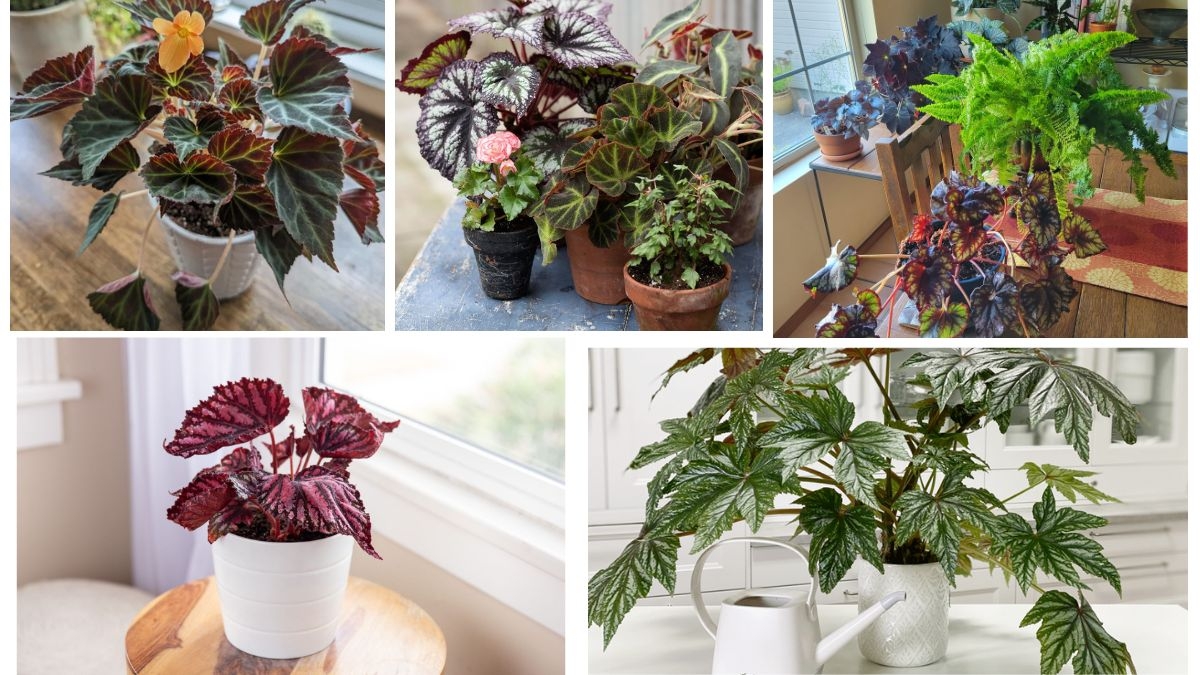



Leave A Comment